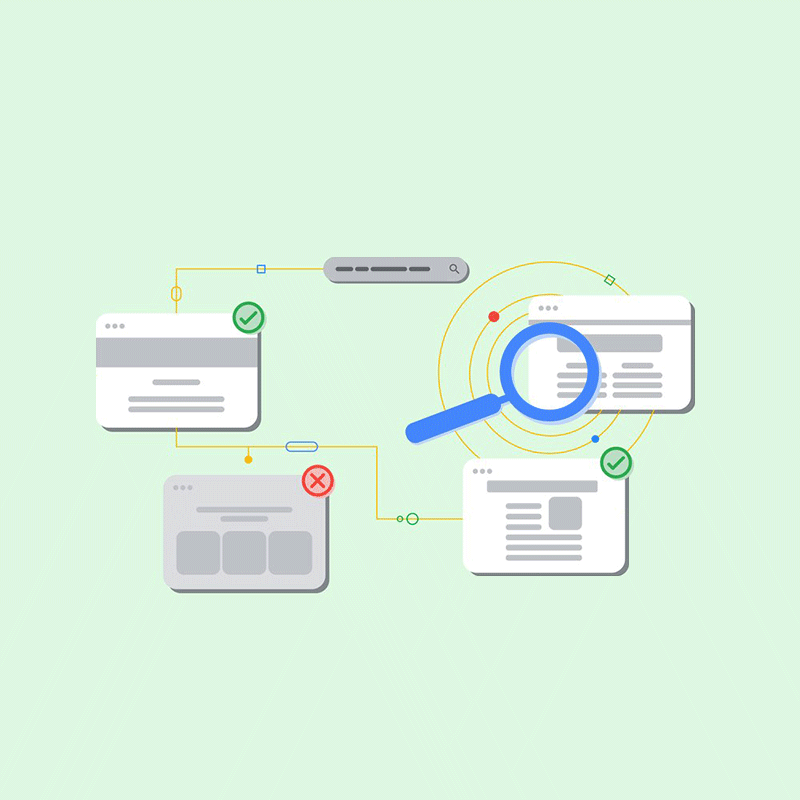
Due to the many information the web is able to give, more popular sources often get more credit than the original source.
Google is the largest search engine of them all. Back in 2019, Google adjusted its algorithm and its guidelines used by the people that rate its search results to elevate original reporting. Then in 2021, Google introduced a way for users to see more context about their search results.
Building on top of those efforts, this time, Google said that it's adding a dedicated label to search results for news stories, interviews, announcements and press releases that are frequently cited by other media outlets.
The introduction of the label is because Google knows that its search algorithms are designed to prioritize pages that are the most relevant and useful for users based on their unique queries.
But often, even the most relevant and useful pages its algorithms concluded aren't the source of original information.
With the update, Google wants to prioritize those sources, by helping users get to those pages.
According to Google in a blog post:
" [...] Sometimes when news is breaking or a new topic is trending, the information you're searching for isn't broadly available yet. In these moments, Search automatically shows a notice on your search results indicating that it can take time for a range of sources to publish information on a topic."
Initially launched to users on mobile in English in the U.S., Google has improved these notices with tips to help users "evaluate information online."
Through the label that it calls the "highly cited," appearing in the top stories carousel on Google's search engine results pages, Google wants to remind users to check whether the thing they see is trusted.
As a part of those changes, Google is also adding information literacy tips for stories around rapidly evolving topics.

In other words, the feature is meant to give original authors of stories more credit for their work.
The label should give confidence to searchers that the story they are seeing is cited by many other journalists and probably offers unique and valuable information that they can rely on.
In turn, it should help stop the spread of misinformation, particularly on breaking news events because the situation is evolving and facts are still coming together.
These changes, along with other tweaks Google has been making to its algorithms, are meant to also help make the web a better place.